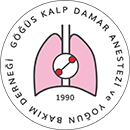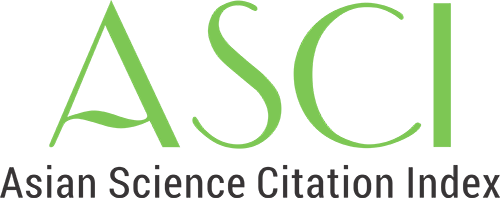

Venous System: Evaluation with Central Venous Pressure Circulatory and Systemic Filling Pressures
Muhammed Enes Aydın1, Yunus Emre Karapınar1, Mehmet Akif Yılmaz1, Burhan Dost2, Müzeyyen Beldağlı3, Ahmet Murat Yayık1, Erkan Cem Çelik1, Elif Oral Ahiskalıoğlu11Department of Anesthesiology and Reanimation, Atatürk University Faculty of Medicine, Erzurum, Türkiye2Department of Anesthesiology and Reanimation, Ondokuz Mayıs University Faculty of Medicine, Samsun, Türkiye
3Department of Anesthesiology and Reanimation, Samsun Training and Research Hospital, Faculty of Medicine, Samsun, Türkiye
Effective hemodynamic management is fundamental in anesthesia practice to ensure adequate organ perfusion and stability of organ function during and after major surgical procedures or in critically ill patients. The advent of advanced monitoring techniques has expanded the understanding of arterial hemodynamic parameters, enhancing decision-making in fluid management and the use of vasoactive agents. However, similar advancements in understanding the venous systemcomprising 70% of the total blood volumeremain limited. The venous system's compliance, characterized by its unstressed and stressed volumes, plays a critical role in determining venous return and cardiac output. Central venous pressure (CVP), a routine clinical parameter, provides insights into venous return but has limitations when used in isolation. Advanced concepts such as mean systemic filling pressure (Pmsf ) offer a more comprehensive understanding of venous hemodynamics. Techniques like Pmsf(hold), involving inspiratory hold maneuvers, and Pmsf(analog), based on mathematical modeling, have been developed to measure Pmsf in clinical settings. These approaches highlight the dynamic interplay between venous return, stressed volume, and right atrial pressure under various clinical conditions, including hypovolemia, cardiogenic shock, and septic shock. Recent studies suggest that combining CVP analysis with Pmsf evaluations improves fluid management and individualized hemodynamic control. However, clinical application of these measurements remains challenging, necessitating further validation through experimental and clinical studies. This review underscores the importance of an integrated approach to venous and arterial systems in optimizing hemodynamic management, paving the way for more precise and evidence-based patient care.
Keywords: Central venous pressure, fluid responsiveness, hemodynamic management, mean systemic filling pressure, venous returnMakale Dili: İngilizce

















